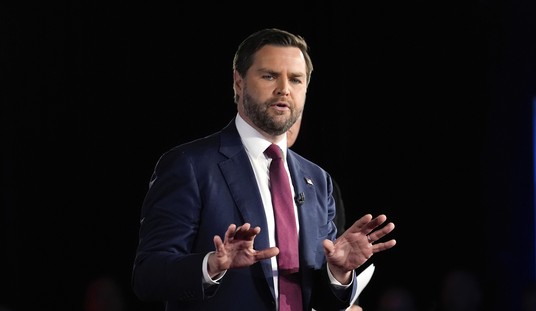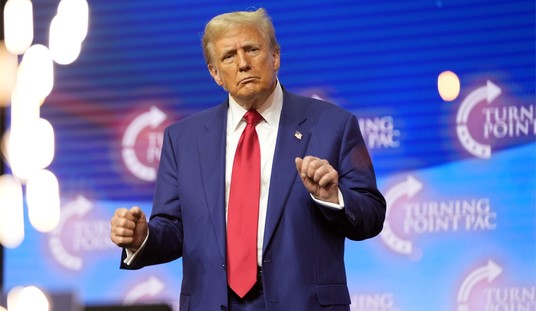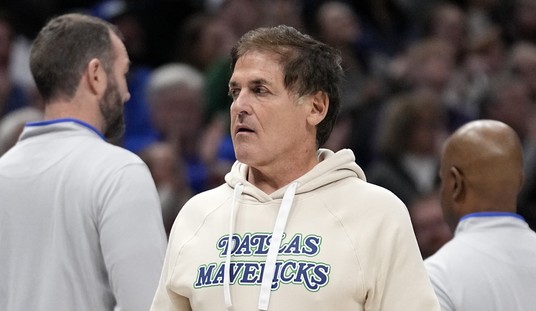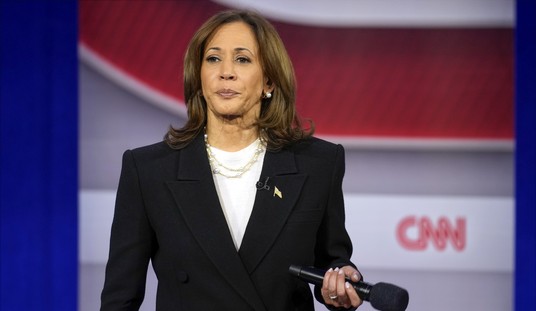The Bureau of Land Management (BLM), a subsidiary of the Interior Department, recently solicited input for its proposed “Conservation and Landscape Health” rule. The Federal Register will accept comments until July 5th and a final decision will be published in the coming months.
The agency desires to put “conservation” uses on equal footing with activities like grazing, logging, hunting, and fishing. Given the Biden administration’s inclination to side with preservationist environmentalists, the rule is expected to stray from multiple-use management practices on public lands. As a conservationist, I cannot support this effort.
Notably, BLM ignores existing law - the Federal Land Policy and Management Act of 1976 - that already considers conservation as a public lands use.
The law, as it’s written, states public lands must “be managed in a manner that will protect the quality of scientific, scenic, historical, ecological, environmental, air and atmospheric, water resource, and archeological values; that, where appropriate, will preserve and protect certain public lands in their natural condition; that will provide food and habitat for fish and wildlife and domestic animals; and that will provide for outdoor recreation and human occupancy and use.”
BLM tells us this won’t upend true conservation practices. Given how this administration operates, don’t place any stock in their promises. Their rules tend to favor radical preservationist environmentalists over those actually closest to public lands.
Even Biden’s own Small Business Administration (SBA) questions the rule’s merits.
“BLM’s proposed rule has unintended consequences that are contrary to the agency’s goals and the statutory requirements for land management under the Federal Land Policy and Management Act (FLPMA),” the SBA Office of Advocacy said. “The proposed rule does not properly explain how conservation leases are compatible with the multi-use land management goals laid out in the FLPMA.”
Recommended
In reality, this rule is more representative of an alternative school of thought: the public use model. Pushed by the Aspen Institute, this alternative calls for abandoning multiple-use and urges, paradoxically, limitations to public lands access. So much for being “pro-public lands!”
"Conservation leases" are susceptible to abuse and will be exploited by powerful special interest groups that are disconnected from public lands. When these groups bid on leases, they ultimately outbid smaller, less wealthy bidders. Their goal is to gain control and use the system to create non-uses. Talk about unfair advantages. How is this any different than privatizing public lands? It isn’t.
Safari Club International (SCI) echoes my concerns with this proposal and warned, as proposed, this new lease wouldn’t recognize hunting, for example, as a conservation use.
“Notably, the rule would allow nongovernmental environmental groups and private companies to purchase “conservation leases” from the BLM to set aside lands and prevent other uses,” the group said. “While this concept could be put to good use in recovering certain grasslands, the proposed rule is not clear whether hunting and other forms of recreation would also be prohibited under these new leases. And suppose that decision is left up to the lessor. In that case, SCI has grave concerns that anti-use organizations would use this opportunity to shut down hunting, especially guided hunting, on important public lands.”
These leases are advertised to offset the environmental impact of clean energy development on public lands through carbon credits. Carbon offsets, mind you, are controversial and emblematic of greenwashing. Solar and wind projects destroy large tracts of high-quality, productive agricultural land to make room for panels and turbines, respectively. There’s also the promise to compensate for future/potential destruction of wildlife habitat in nearby low-quality, lesser productive land. If it were oil and gas companies pledging this, this administration would be wholly opposed to such “offsets.” Why not have the same scrutiny for clean energy? Why downplay these well-documented yet potential environmental impacts? Nevertheless, Biden and company don’t care. Decarbonize or bust–wildlife and land be damned.
In conclusion, this rule largely mirrors the goals of the 2016 BLM 2.0 rule. Duplicating this may actually be in violation of the Congressional Review Act, which was used in 2017 to repeal BLM 2.0. The National Conference of State Legislatures (NCSL) explains, "Additionally, the federal agency which promulgated the rule is prohibited from “reissuing” the same regulation in the future or developing a regulation that is “substantially” similar unless the new, or revised, regulation is “specifically authorized by a law enacted after the date of the joint resolution disapproving the original rule.”
Congress, not BLM, has discretion here to amend or change FLPMA. Senator John Barrasso (R-WY) believes the rule is illegal and is sponsoring a bill to nix it.
“In the 1980s, extremists used tree spikes to try and stop responsible management of public lands. In 2023 they use decrees from Washington,” Senator Barrasso (R-WY) said in a press release. “The Biden Administration’s extreme unilateral action will kill multiple-use. This is a clear violation of the law.”
Utah Congressman John Curtis (R-UT) introduced legislation similar to Barrasso’s, requiring BLM Director Tracy Stone-Manning to withdraw this misguided rule.
Conservation doesn’t need to be reimagined. Our existing model works because it balances commercial and recreational uses on public lands. Federal mismanagement and red tape, however, create obstacles to lasting harmony.
The Biden Administration will alienate stakeholders and undermine stewardship if it proceeds here. True conservation, as we know it, may soon need Endangered Species Act protections to survive and endure.

























Join the conversation as a VIP Member